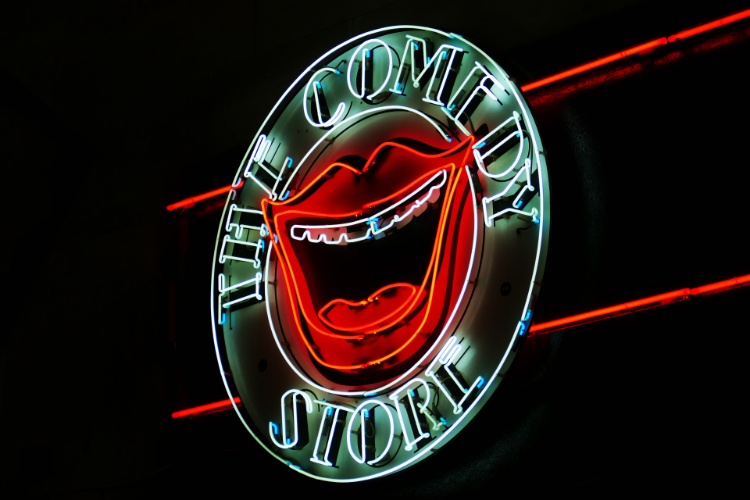Exploring Different Types Of Humor In Popular Culture
Dec 06Welcome to the world of humor! Here, we’ll be delving into the different types of humor found in popular culture. From dark comedy that lets us laugh at the macabre, to slapstick that’s so goofy it makes us howl with laughter – there’s something for everyone! So, get ready to explore all the funny sides of humanity and have a great time laughing along with us. Let’s make this journey together and discover all the hilarious ways people express themselves through humor. Buckle up for a wild ride of wit and hilarity ahead!
Welcome to my humor blog! While I generally comment on popular jokes in the mainstream, interesting humor-related podcasts, and even the funniest episodes from popular TV shows such as Friends, I’ll be providing a broader bird’s eye view in the following article.
More specifically, I’ll be covering the different types of humor encountered in popular culture. From dark humor to slapstick comedy, there’s something for everyone here – and hopefully more than a few laughs.

Humor As A Part Of Culture
Humor has been an integral part of popular culture since its inception. It can be used to bring people together, alleviate tension in difficult situations, and even provide a much-needed break from the mundane reality of everyday life. With so many different types of humor out there, it can be hard to keep track of them all. Let’s explore the various forms that humor takes on today’s pop culture landscape.
Dark Humor
Dark humor is often associated with macabre topics such as death and suffering, which are usually presented in a comedic manner. This type of comedy typically relies heavily on irony and sarcasm and is often found in satire or dark comedies like The Addams Family or Beetlejuice.
Dark humor tends to be more subversive than other types because it challenges societal norms while still providing a humorous take on serious topics that would otherwise be considered taboo.
Slapstick Comedy
Slapstick comedy is a form of physical comedy that relies on exaggerated movements and sound effects for laughs rather than clever dialogue or witty one-liners. This type of humor was popularized by silent film era stars such as Charlie Chaplin and Buster Keaton who employed antics such as pratfalls and pie-throwing into their routines for maximum comedic effect.
Today’s iterations include shows like Jackass and movies like Dumb & Dumber which continue the legacy through modern stunts performed by comedians willing to take big risks for big laughs!
Surreal Humor
Surrealism seeks to blur the line between reality and fiction by presenting scenarios that defy logic but still make sense within their own context – think Monty Python’s Flying Circus or Adult Swim shows like Rick & Morty.
While this style may not always get huge belly laughs from audiences due its abstract nature, surrealist works have become cult classics over time thanks to their unique blend of absurdity with social commentary about human existence itself.
Satirical Humor
Satire uses wit (often combined with exaggeration) to critique political systems, social structures or cultural trends without directly attacking them head-on – think South Park , The Simpsons , Saturday Night Live skits etc…
This type pokes fun at society while also encouraging viewers/listeners/readers to question accepted beliefs they might take for granted otherwise – making it an effective tool when used properly.
Self-Deprecating Humor
Self-deprecation involves poking fun at oneself in order create sympathy among others; this could range from lighthearted jokes about one’s flaws (such as physical appearance) up until full blown standup routine where comedian makes themselves look foolish intentionally for audience amusement – something we’ve seen recently with comics like Bo Burnham.
While some criticize this form being too easy a way out off harder issues at hand (especially when done poorly), self deprecation can help break down walls between performer onstage/audience members offstage if done correctly – creating shared bond despite differences amongst those present.
Dry Humor
As opposed more obvious forms aforementioned here, dry humor’s subtle approach requires a keen eye to detect what exactly is funny about situation in the first place; these jokes don’t hit you right away; instead, they often require the listener to pay close attention to details before the inevitable punchline is finally revealed.
Often times, dry humor is most successful in improvisational settings such as live stand ups and open mics, events where quick wit is required succeed. From David Letterman to Jimmy Fallon, the ‘deadpan delivery’ ability can strike a chord with most crowds and rarely fails to impress us time and time again.





